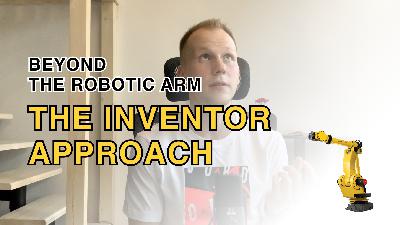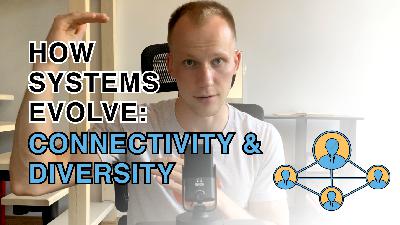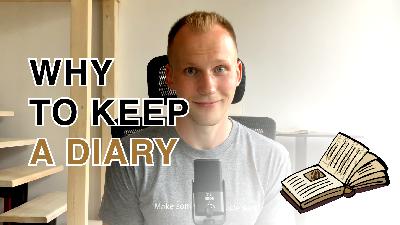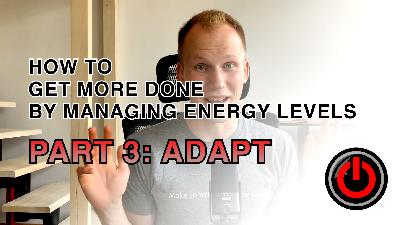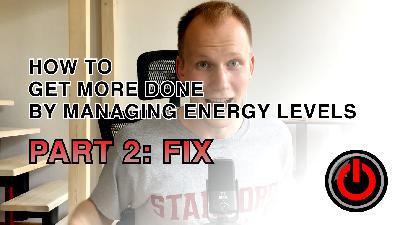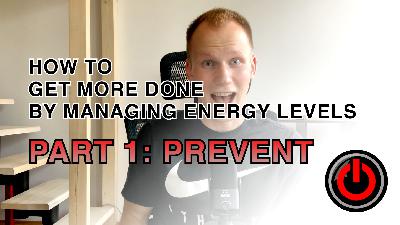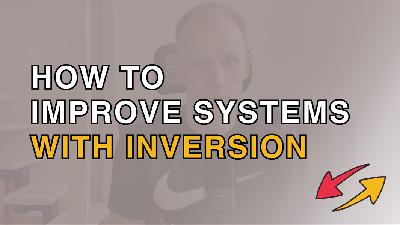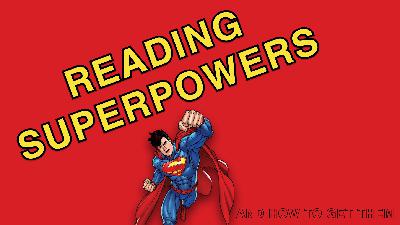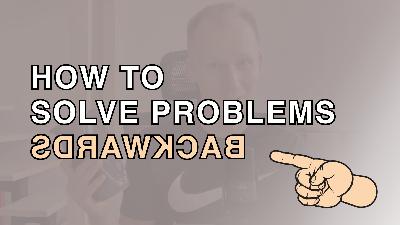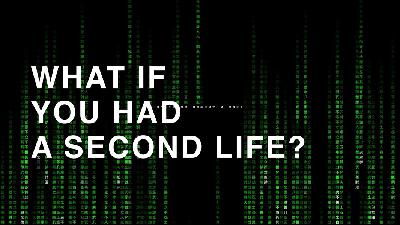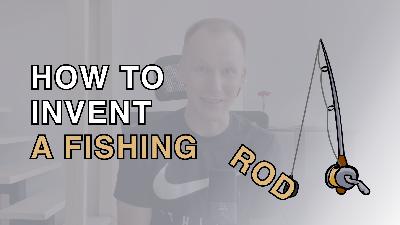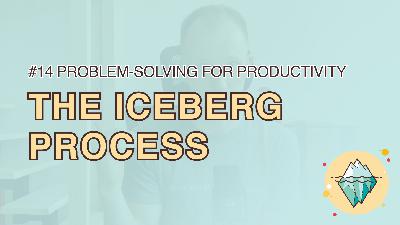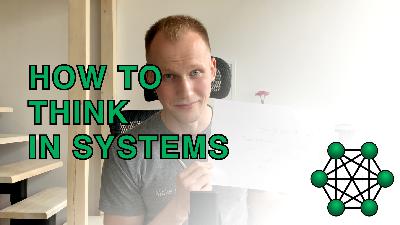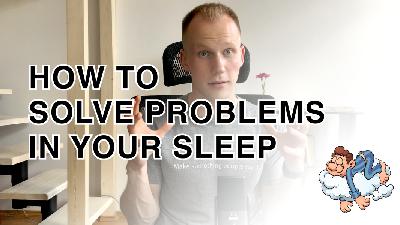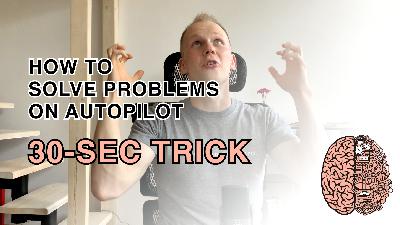#13 Beyond The Robotic Arm - The Inventor Approach
Description
Hey stranger,
In this episode, I explain how to solve the crockery burning problem by intensifying contradictions, creating a model of the problem, and interdisciplinary function search.
If you prefer watching, you can find the YouTube video here. If reading is your thing, then enjoy the transcript below.
Welcome to The Daily Recall show. I'm your host, Vasili.
Today you will learn how to solve problems like a real inventor by intensifying contradictions, creating a model of the problem, and doing function search. Let's go.
I'll begin with a story. In crockery manufacturing, there is a process of burning. It's a multistage process; meaning that you have to burn the crockery once, then measure how ready it is, and then burn it again.
The problem was in the measurement part. They had a conveyor, where this crockery was put after burning. And then they had women standing near the conveyor, taking each plate, and hitting it with a tiny hammer. The women would listen to the sound and determine if it's ready and sort it appropriately. And this was really inefficient because the plates would break and you couldn't have that many women to manufacture hundreds of thousands of plates per day.
The first solution was a robotic arm. That's what logic would tell you to do. That's what a designer approach to problem solving would tell you to do. They identified that women were the weakest link in this workflow chain. And then they thought: "We could have a much more efficient workflow if we could have a machine like a robotic arm hitting this plate with a hammer instead of a woman doing that."
And that's they did.
They built a robotic arm that would take a tiny hammer and hit the plate. And then they had a sensor that would determine how ready the plate is by listening to the sound of hitting.
But if you think about it, that's a really dumb approach.
Pure human automation has never really produced much invention. If you take sailboats as an example; the way you go to the steam engine is not by having more sails, right? That’s not how you solve the problem, but that’s what folks from the sailing industry had been doing for hundreds of years; adding more sails and then different types of sails and then sails from different materials and so on.
Here's how to solve this problem with the inventor approach.
First, we need to identify the contractions.
Contradictions come in three forms.
There are administrative contradictions. It's basically - "we need to improve this process and achieve X but we have no f*****g idea how."
There are technical contradictions. This means that if we improve one quality of the system, another one goes down. For example, if we build a chair from high quality materials then it'll be more expensive to manufacture and we'll make less money. So by having a better chair we make less money because we spend more on buying better materials. That's a technical contradiction.
Lastly, there are physical contradictions. This is when we need to have a property X in our system, but we can’t have it because the system won’t work if we add it. For example, let's say we want to invent a fan that works underwater. So we need to have an electric motor for a fan to work but we can’t have it because it doesn’t work under water. That’s a physical contradiction.
And the first step to solve a problem through the inventor approach is to identify the contradictions in the problem. In our crockery story, the contradiction is that when we improve the quality of metal hitting by having a robotic arm do that instead of a woman, we make less money because those arms are very expensive. So that’s a technical contradiction.
The next step is to intensify contradictions as much as possible instead of looking for a compromise. The correct question to ask would be: "OK, we need to have this process of measurement. And we need to have it done at the highest possible quality but at the lowest price. So ideally, we'd have the best arm in the world that would be free."
Intensifying contradictions leads to asking the right questions and thinking the right thoughts. Because whenever you think like that, you start thinking: "Do we actually have to have this arm in the first place?" And that’s a good place to start from.
Because the next step is to create a model of the problem. This means to identify the parts of the system that interact here. And when you do that, you come to understand that the real problem is not how a woman hits the plate with a hammer. The model is that we’ve got an object and an environment. A plate which is being burned. Those two things interact; the heat changes the structure of the plate. So that’s the model of the problem. And by doing this simple process we come to understand that it's a change problem; meaning, we’ve got an object and an environment which somehow changes the object and we need to understand the state when to stop the process of change. That's step two.
The third step is to do the function search. We take the model of the problem and go across a bunch of industries and look for where this model was used before. And modeling actually makes this possible; because by identifying the right components of a system we get to understand where we can find similar solutions and apply them to our problem.
A good example here would be the radio industry. Resistors actually go through the same burning process during their manufacturing. And resistors are really tiny so you can’t have a robotic arm hitting them with a hammer. So they somehow do that differently. And we can look it up and understand if it's applicable to our case.
Another example would be the agriculture industry. In agriculture, they collect grain from fields. And there is actually the same change problem; the grain gets burned as well. It interacts with the sun and this sun changes its structure. That's exactly the same model of the problem. And then we can look up how they do it.
(For those who are curious - you need to have two rays of light focused on the grain and measure the relationship between the bandwidth and reflectivity of the grain)
The point is that you never, ever, should start solving the problem from the as-is description of the problem. And to arrive to the right problem to solve, you need to identify contradictions, intensify them, and create a model of the problem. And that's how you get to do function search; to look for how this model of the problem was done before in a bunch of industries.
Please do not build ships with more and more sails; figure out how to do the steam engine.
Thank you very much for reading.
See you tomorrow!
This transcript has been edited for clarity.
This is a public episode. If you would like to discuss this with other subscribers or get access to bonus episodes, visit thedailyrecall.substack.com

